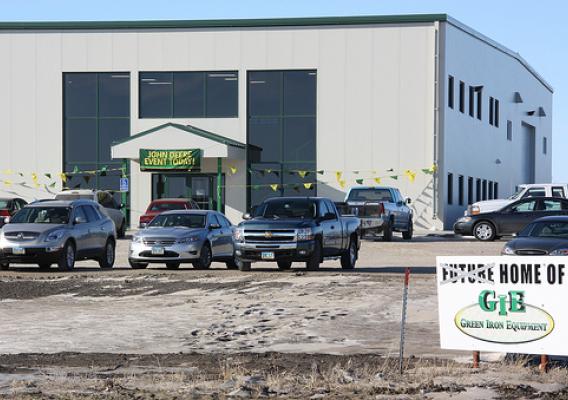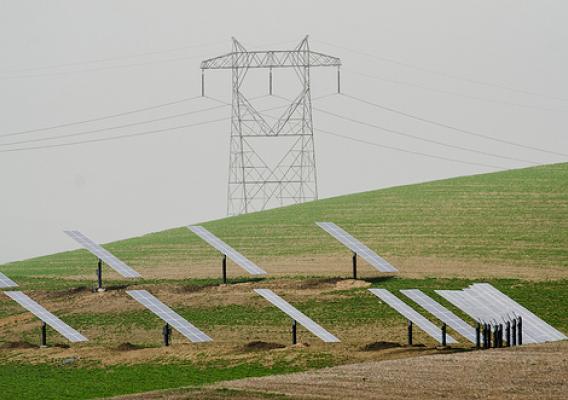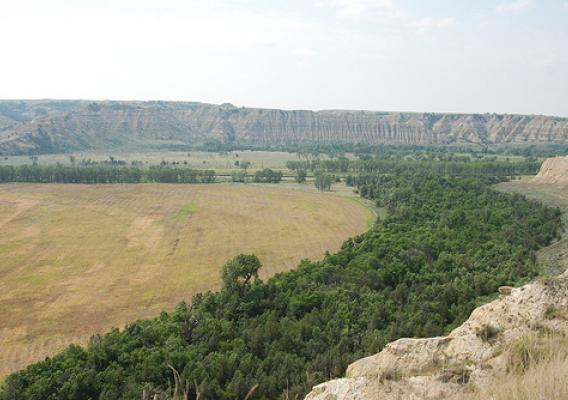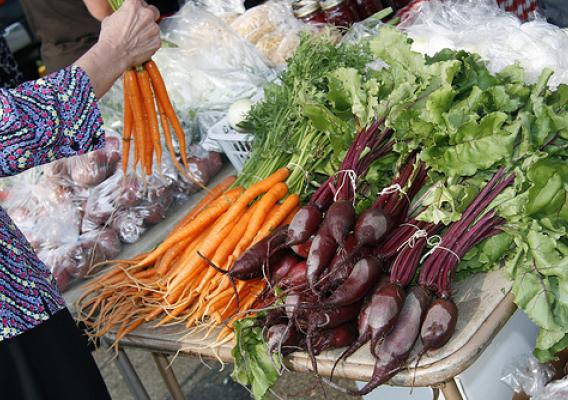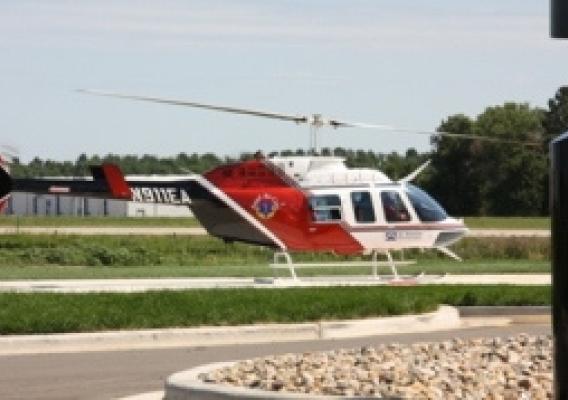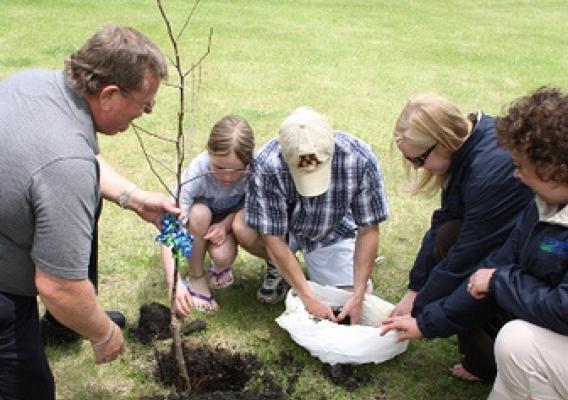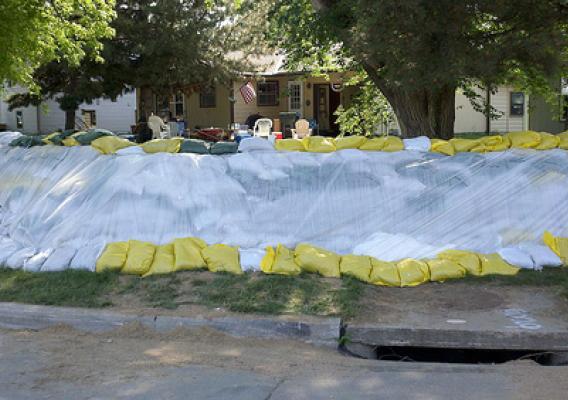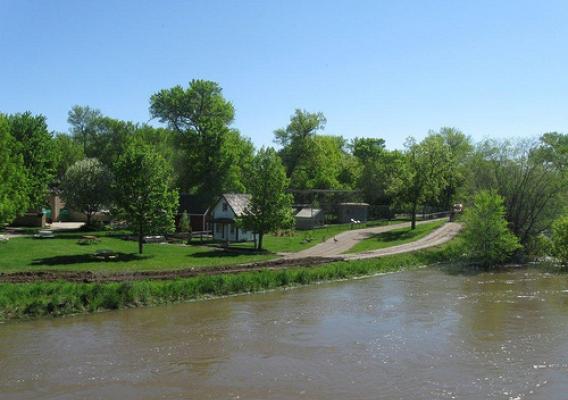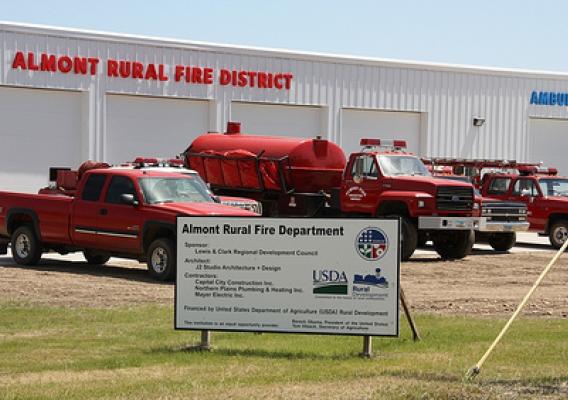In late May, two zoos in central North Dakota were hit hard by flooding. The disaster prompted the need for a swift evacuation of the animals. In Bismarck, the Missouri River threatened to submerge the Dakota Zoo and its 500+ animals under as much as seven feet of water, and in Minot the Roosevelt Park Zoo was a potential target of the rising Souris River, which runs directly through the city.
During the height of the flooding, APHIS’ Animal Care Program monitored reports coming from the zoos and kept abreast of river levels. Inspector Amy Jirsa-Smith contacted zoo officials regularly. She was on-site at both facilities, and helped corral some animals at the Dakota Zoo so they could be transported to other facilities. However, she is quick to point out that the zoo staff at both facilities, with the assistance of several cooperating state and local agencies, state veterinarians, four neighboring zoos and the National Guard, had everything under control.

